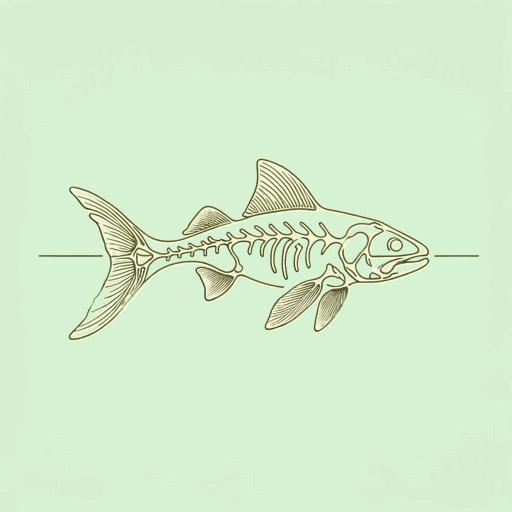33 pages • 1 hour read
Neil ShubinYour Inner Fish: A Journey into the 3.5-Billion-Year History of the Human Body
Nonfiction | Book | Adult | Published in 2008A modern alternative to SparkNotes and CliffsNotes, SuperSummary offers high-quality Study Guides with detailed chapter summaries and analysis of major themes, characters, and more.
Chapters 7-9Chapter Summaries & Analyses
Chapter 7 Summary: “Adventures in Bodybuilding”
“Adventures in Bodybuilding” explores the earliest creatures considered to have a body. Biology defines bodies as organisms in which “component parts work together to make a greater whole” (156). When a creature has a body, distinct limbs, organs, and tissues work together while each performs its own unique function. In the 20th century, paleontologists Martin Gurich and Reginald Sprigg discovered a set of fossils later identified as the oldest creatures on Earth to have bodies. The fossils date from the Precambrian era, and consist of “impressions” of organisms that bear similarities to modern-day jellyfish, sea algae, and other creatures (162).
Though these creatures’ bodies appear vastly different to our own, we share with these ancient creatures the same “biological glue” that holds our cells together (164). Much of what differentiates one set of bodily tissue from another (such as skin and bone tissue) are the molecules that hold our cells together. One such molecule, hydroxyapatite, is characterized by its hardness and is found in great abundance in bone tissue. Another molecule, collagen, offers cells more flexibility and movement, and is found in high proportion in cartilage tissue. While these molecules hold our cells together, a series of rivets allow other molecules to pass from one cell to another, letting cells “communicate” with each other and perform complex tasks (171).

